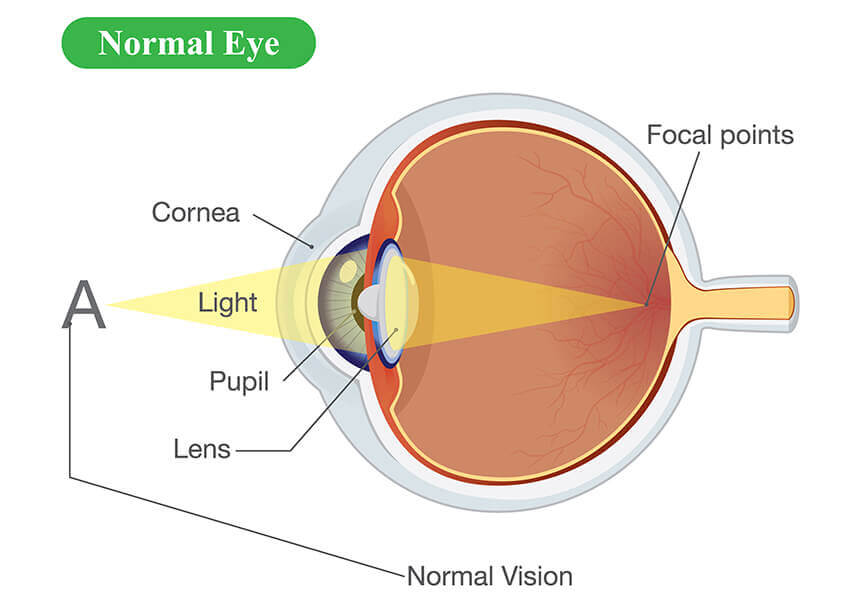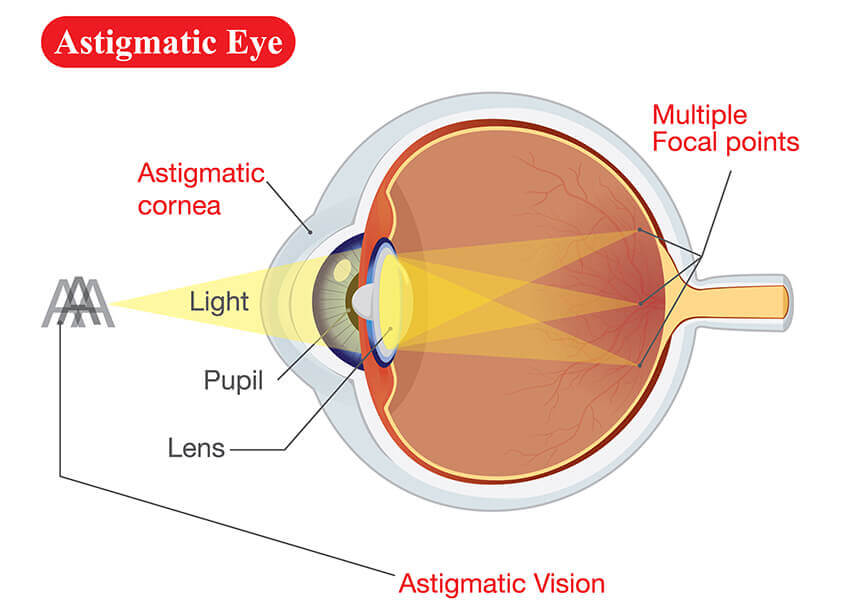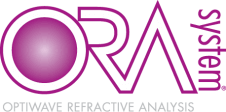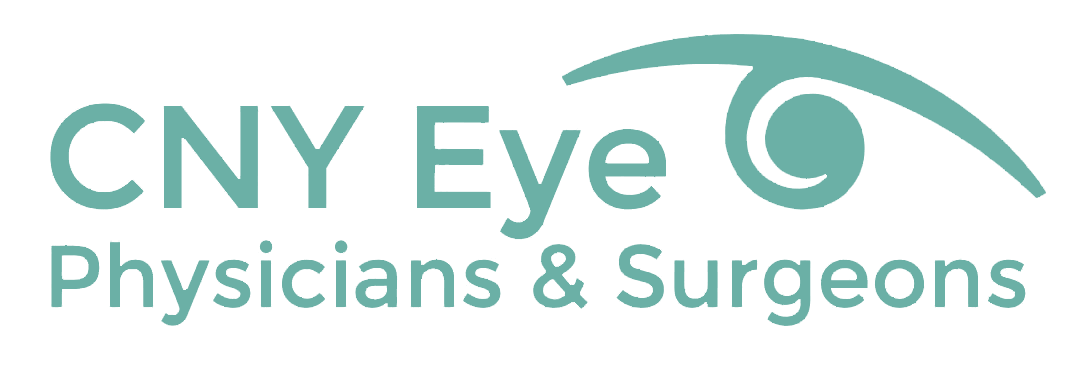Specialized Cataract Surgery
Correcting Astigmatism During Cataract Surgery
Cataracts and astigmatism are common eye problems that affect many of our patients. The cataract surgeons at CNY Eye Physicians and Surgeons have been trained to use a surgical procedure called Limbal Relaxing Incisions (LRI) to treat or “correct” mild astigmatism during cataract surgery. These incisions are created at the edge of the cornea, the clear dome-shaped window on the front of the eye, to improve the way it bends light into the eye.


By combining cataract surgery with an LRI procedure we allow our patients the potential to have their astigmatism diminished at the same time as their cataract removal and lens implantation. Of note, patients with greater levels of astigmatism may require an astigmatism correcting, or Toric lens implant.
Laser Cataract Surgery
Standard cataract surgery is very successful in restoring vision for many patients. In fact, it is the most frequently performed surgery in the United States; more than 3 million cataract surgeries are done each year. For decades, cataract surgery, including the first incisions and the breakup and removal of the cataract, were performed by hand. Now, additionally, CNY Eye Physicians and Surgeons, offers the option of femtosecond laser as an adjunct to cataract surgery.
So what exactly is Laser-Assisted Cataract Surgery?
The femtosecond laser automates the following steps:
- Creating the primary incisions and sideport to access the cataract
- Creating the circular incision around the capsule of the lens in the eye, a procedure called a capsulotomy
- Fragmenting the cloudy portions of the lens to facilitate its removal
- When appropriate, creating the incisions to reduce astigmatism
The surgeon is able to customize each patient’s surgery individually with the femtosecond laser system.
What are the benefits of Laser-Assisted Cataract Surgery?
The femtosecond laser can be used for corneal incisions, lens softening during cataract surgery, and incisions to correct astigmatism potentially enhancing the precision of these steps compared with a manual approach. It may reduce the time that the surgical incision is open and may ease the stress on the eye by reducing the total amount of energy used to remove the cataract.
How does it work?
The femtosecond laser emits optical pulses in the realm of a femtosecond—an almost unimaginably short duration (one-millionth of one-billionth of a second). A femtosecond laser can be thought of as a ‘microscalpel,’ cutting and breaking up the cataract on a microscopic scale with an incredible level of precision.
What is Ora?

The Optiwave Refractive Analysis System (ORA), may further increase the level of precision in procedures. The Optiwave measures the eye’s power after the cataract is removed, which can assist the surgeon in choosing the most effective lens implant.
